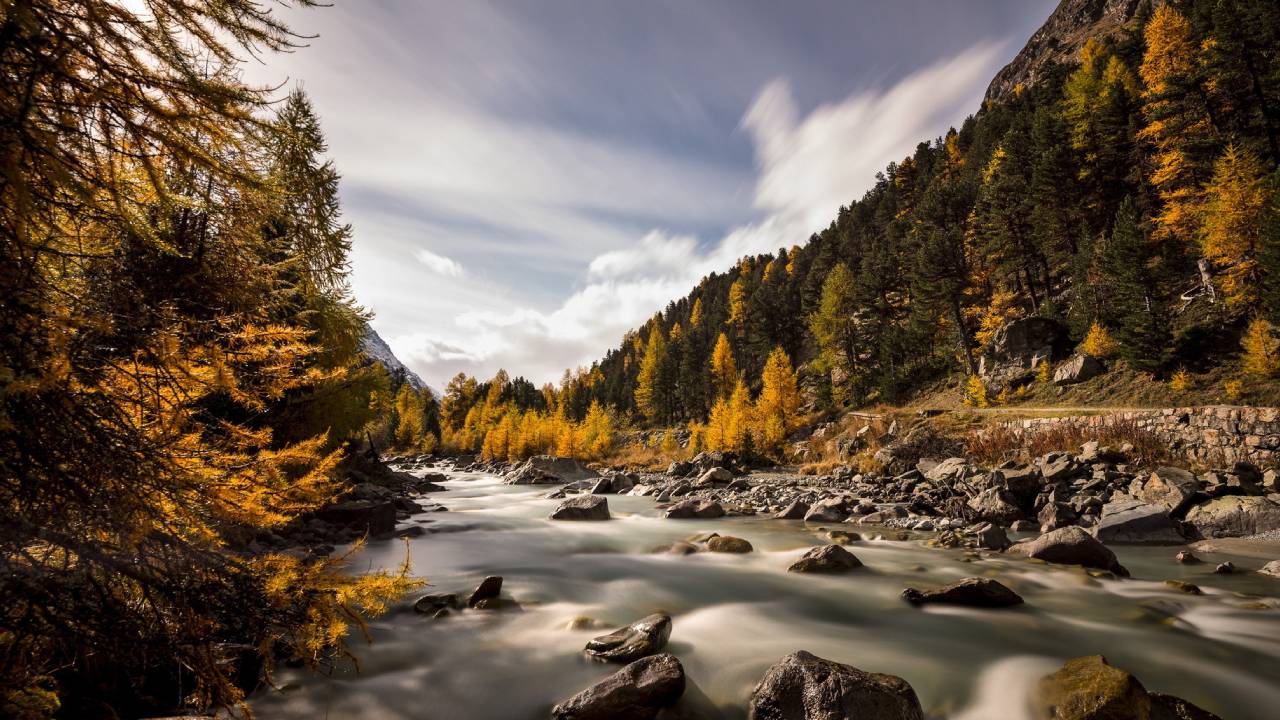Analysis of manganese mineral occurrences and valence states show that the Earth’s crust has oxidised over time. Changes in crustal redox state are crucial to Earth’s evolution, but there are few methods for evaluating crustal redox state over time in a spatially averaged manner. Manganese (Mn) is a redox-sensitive metal with variable oxidation states that makes it a useful tracer of crustal oxidation due to its abundance in crustal minerals. Following a 66 million-year lag, the average oxidation state of crustal Mn occurrences has risen in response to atmospheric oxygenation in the last 1 billion years. This lag is interpreted as the average time required for the shallow crust to adjust to atmospheric oxygen fugacity.
One of the most influential processes in Earth’s 4.5-billion-year history is the oxygenation of the atmosphere by photosynthesizing cyanobacteria. The accumulation of free O2 not only aided the evolution of modern animals1, but it also altered the Earth’s near-surface mineralogy, petrology, and geochemical cycles fundamentally. Several proxies, including carbon, have been used to help reconstruct past O2 concentrations in the atmosphere.




